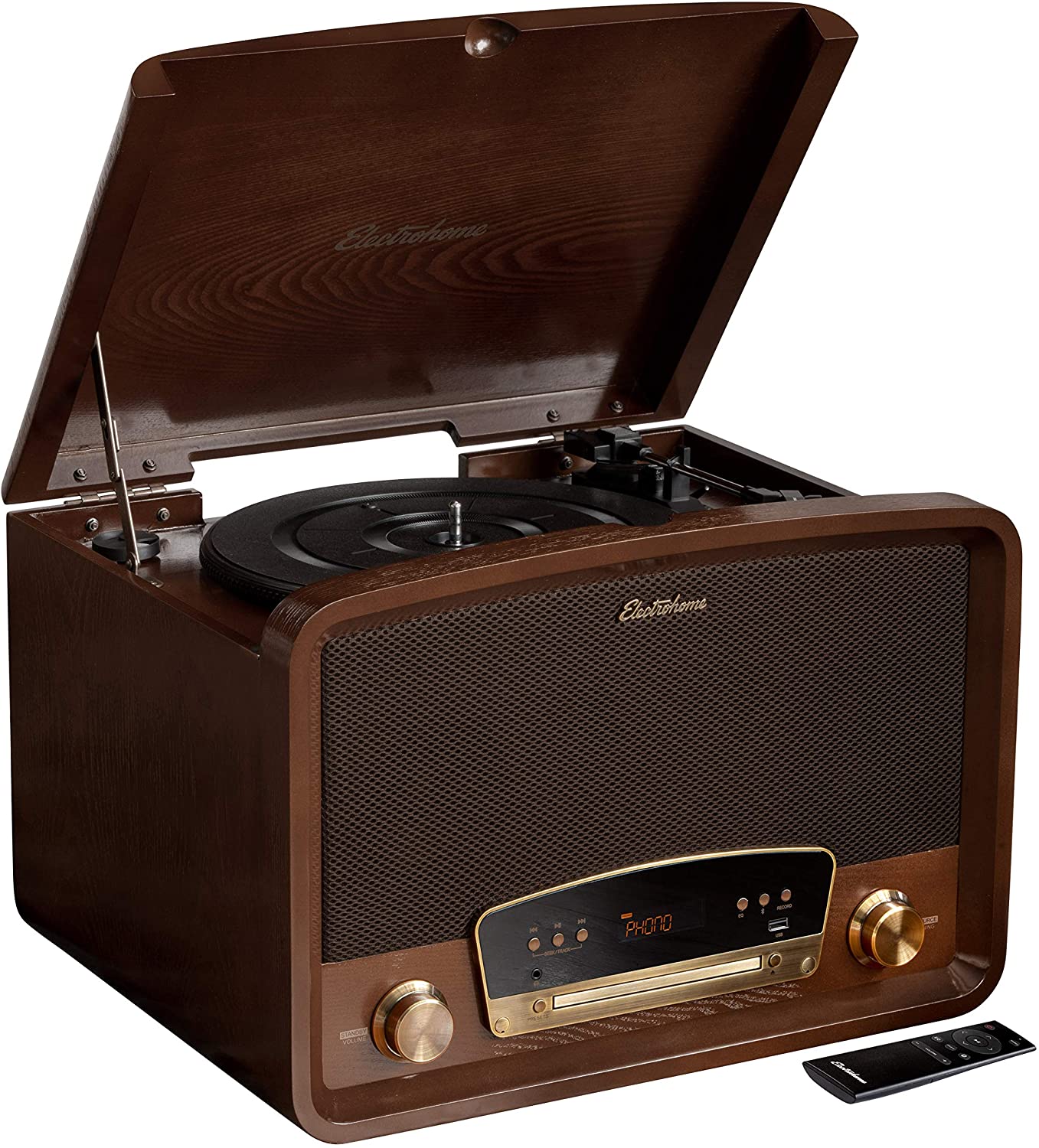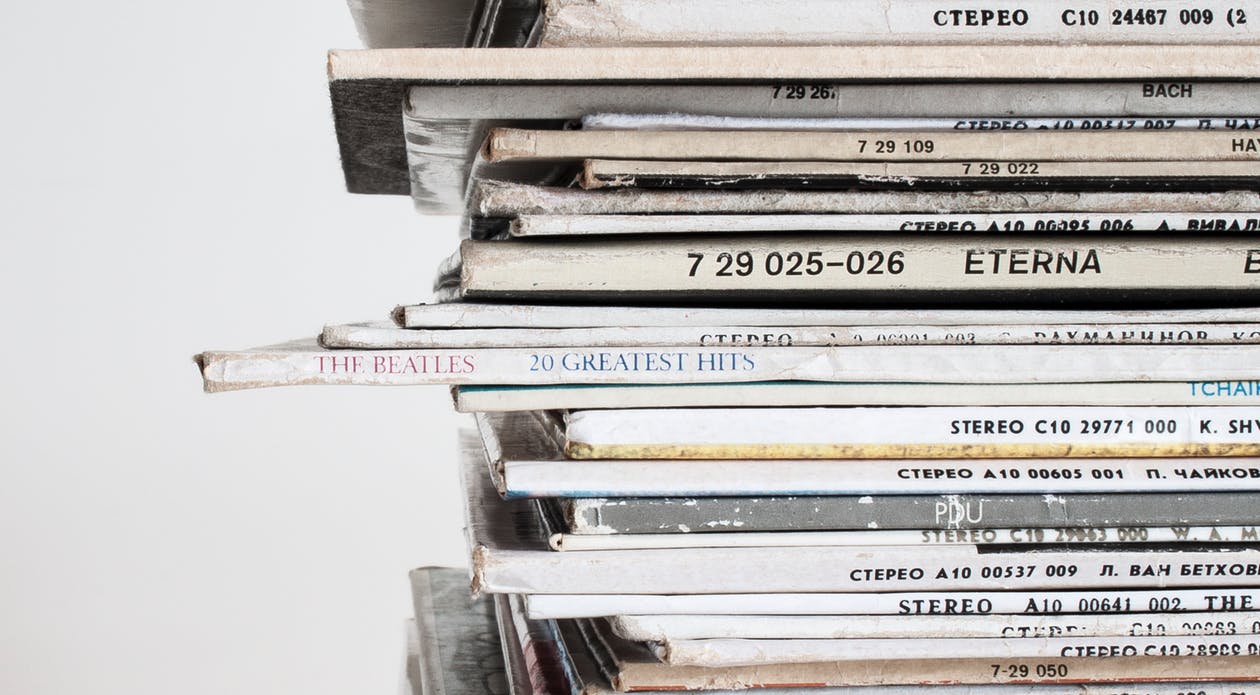While vinyl may be old technology, it continues to attract new devotees thanks to benefits like better sound quality, the enhanced value of vinyl records and the tactile musical experience. Still, embracing the exciting possibilities and benefits of vinyl records should be tempered with knowing what to avoid when you are new to the vinyl format.
Here are the top things to avoid when you are new to vinyl, ensuring you will get the most out of your vinyl records without any unnecessary drawbacks.
Contents
Talk About Your New Hobby Like a Pro
Making simple spelling and grammatical errors can make you look like the neophyte to vinyl that you are. This is not a terrible thing in and of itself, but why subject yourself to needless ridicule? A common mistake for vinyl newcomers is to call multiple records “vinyls”. This is not an accurate description. The word vinyl refers to the plastic or synthetic material used in making a phonograph record.
As such, while it is fine to call a single record a “vinyl record”, avoid calling the plurality of your collection “vinyls”. The plural of vinyl is simply vinyl, so refer to your collection as your “vinyl collection”, if you are so inclined. Other options include referring to your collection of “vinyl records”, albums, records or LPs.
Another common mistake for vinyl newcomers occurs when the records are not given the care they deserve. Few mistakes can ruin a newfound vinyl enthusiasm quite like unintentionally damaging your new collection. For starters, avoid stacking your vinyl on top of one another, even if the records are wearing their jackets. Doing so could cause permanent damage to the vinyl records, which may include cracking or warping.
Although storing the records properly is a great start, it is also important to understand how to touch the records. Only hold the vinyl record at its outer edges, thereby avoiding the possibility of your body oils transferring onto the vinyl’s surface.
If you touch the record’s surface, you increase the risk of getting dirt on the record and damaging it unnecessarily. To avoid these risks, some vinyl enthusiasts will protect the record’s sound quality by using cotton gloves that protect the records from fingerprints.
Similarly, avoid using “ordinary” cleaning techniques, such as cleaning the record with a soft towel. Vinyl deserve special care given their fragile and delicate nature, so invest in a good carbon fiber record brush. Use this brush after every use, to ensure the record’s sound quality remains pristine.
Once you are finished with a record, make sure to always place the record back into its sleeve. Even the advanced vinyl enthusiast may forget this step from time to time, but leaving records out of their sleeves increases the risk of dirt, dust and sunrays from compromising the vinyl’s sound quality.
When putting the record into its sleeve, make sure to bow the sleeve entrance slightly and slide the record into the sleeve. Avoid simply dropping it into the sleeve, which has the potential to cause scratches.
How to Treat Vinyl During Playback
Perhaps one of the most common mistakes a vinyl newcomer makes is incorrectly cueing the record. Failing to cue the record properly can damage the records. To cue the record properly on a turntable, use the record player’s cueing lever, which is specifically designed to ensure the stylus (also known as the needle) is picked up or dropped onto the record gently.
Additionally, avoid picking up the vinyl record before you have waited for the turntable platter to come to a stop. Records are fragile by design, making it easy to scratch them if you remove the record while the platter is spinning.
Be patient and let the record complete the revolution before you remove it, which will prevent scratching of the vinyl.
By following these simple care and playback tips, you are well on your way to enjoying your vinyl while avoiding the top mistakes vinyl newcomers are prone to making.
 Kingston Vinyl Record PlayerBacked by over 100 years of manufacturing high fidelity audio products, Electrohome has paired the design of vintage record players with the technology of modern music systems. Learn More |

